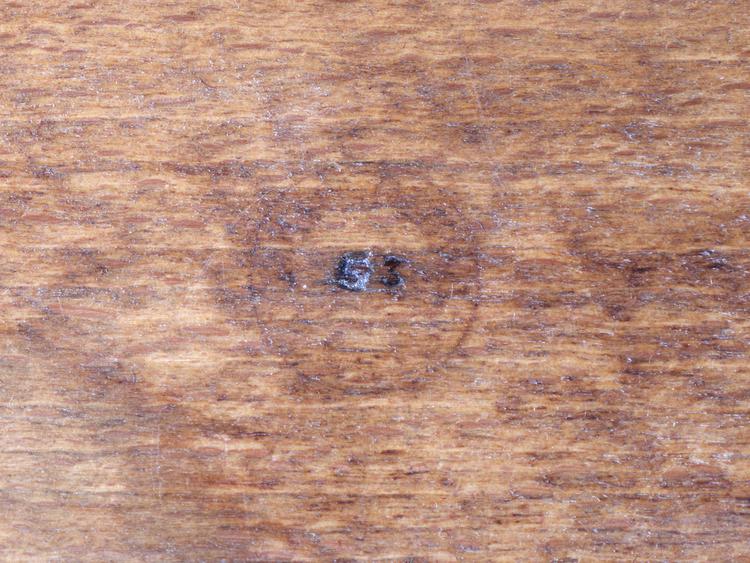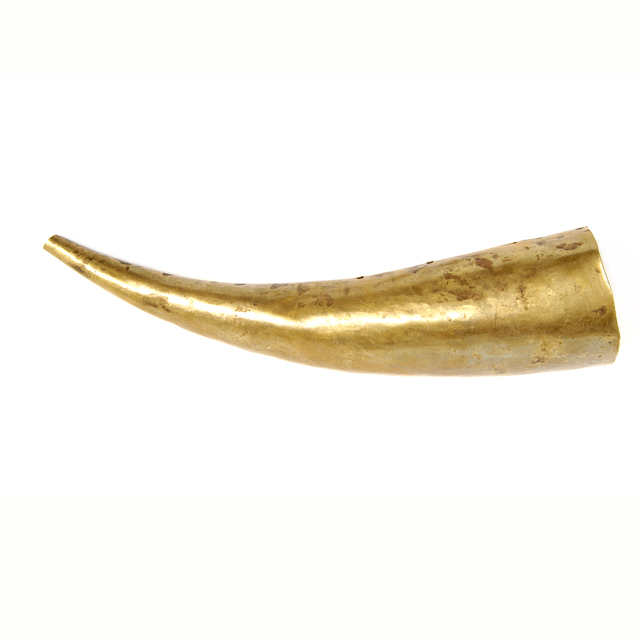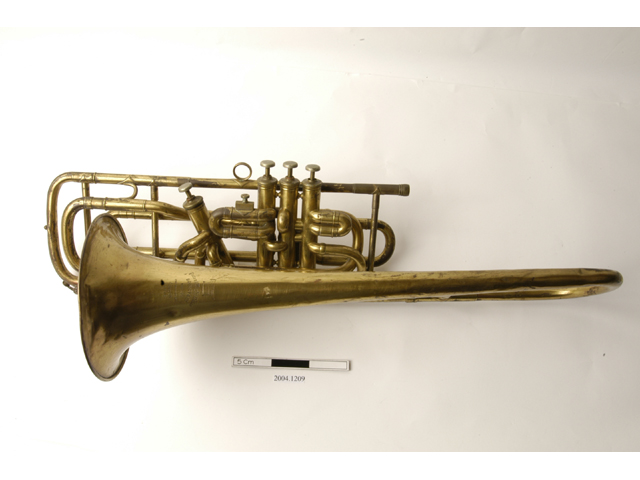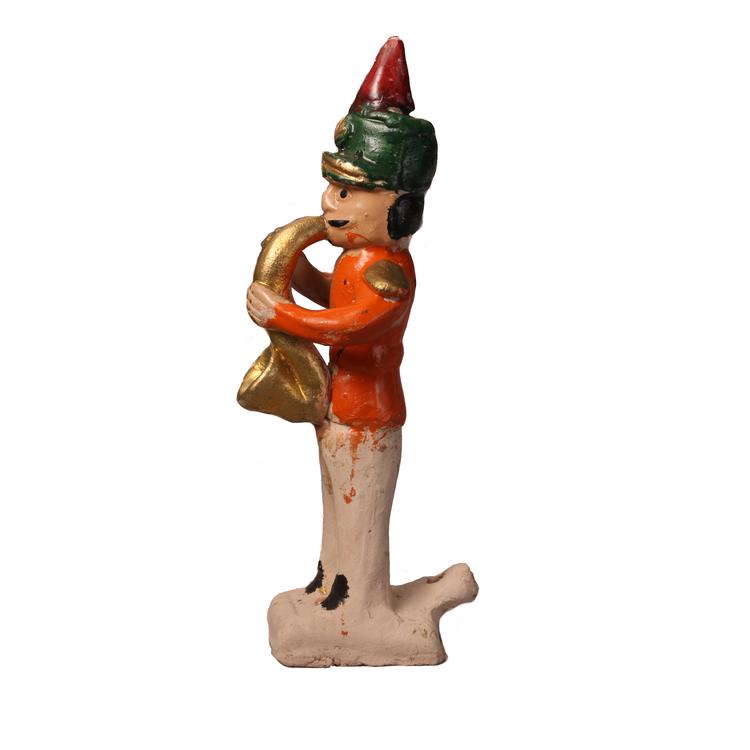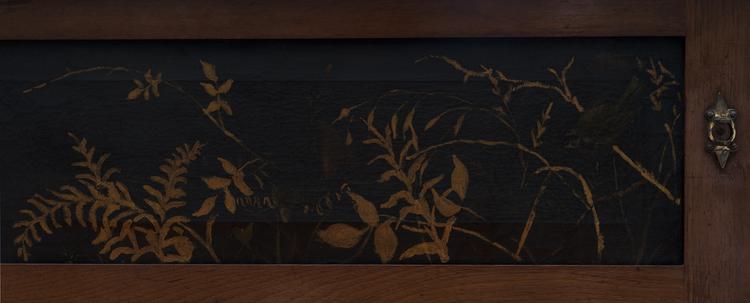
Cottage piano. Mahogany case with wooden frame, ebony and ivory keys and linen fabric facia board. Straight strung. Six octaves and nine notes CC-a"", 82 keys. One centrally positioned sustain pedal. Two barley twist front legs. Music stand folds away into lid. A plank below the hammers has four pencil inscriptions. One is illegible, the other three read: S.H. Bryan =/83=/84; E I 1.7.91; May 4th 1872 5 new springs to hammers; Label inside lid reads: The Miniature Pianoforte./BOOSEY & SONS, 24, HOLLES STREET,/LONDON. There is an announcement of the 'new' piano in the Illustrated London News, February 28, 1863, p.215, far right column. It describes the instrument and gives its dimensions as four feet long, nineteen inches deep and three feet four inches high. This corresponds very nearly to this instrument's dimensions in mm.
Primarily music publishers and orchestral instrument manufacturers, Boosey also sold harmoniums and pianos from their Holles Street premises. In 1863, the Illustrated London News reported that the firm had manufactured this new model of piano, the ‘Miniature’. Costing only 17 guineas, it combined ‘quality and cheapness in a degree... not previously... attempted’. It describes the instrument and gives its dimensions as four feet long, nineteen inches deep and three feet four inches high. This corresponds very nearly to the dimensions of this instrument. Its price, both in this ILN and those of the following year, is 17 guineas. The date is likely to be 1863 or 1864 since, from some point in 1864, the firm begins to call itself Boosey & Co rather than Boosey & Sons.



